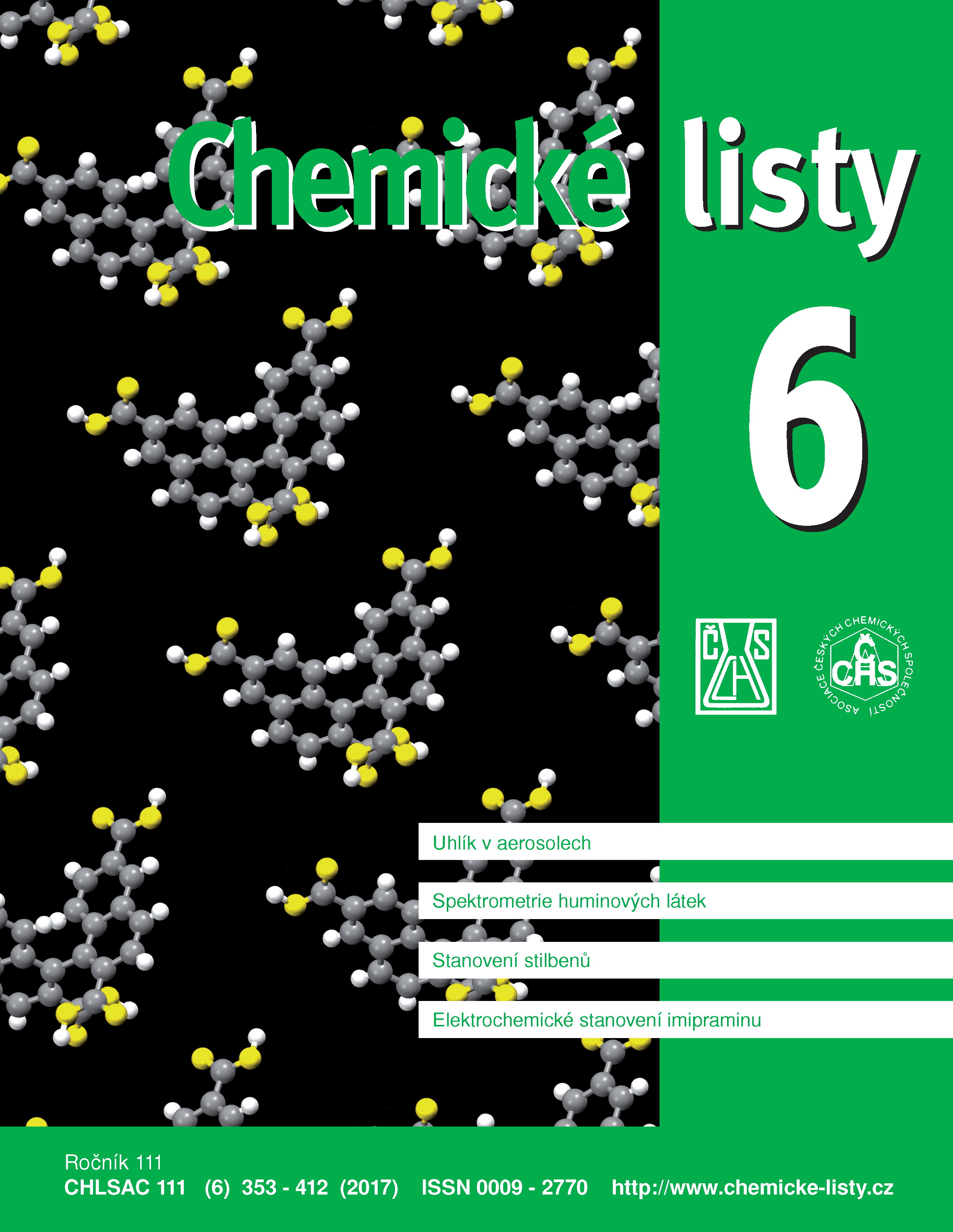Indoor Analysis of Environment in Buildings
Keywords:
diagnostic methods, moisture, constructionAbstract
One of the basic requirements of the building is ensuring hygiene and health during its use. Fulfilment of such a requirement is examined both for the house approval of new buildings and for exploring defects of buildings in use. One of the fundamental defects is an occurrence of mold (micromycetes) in buildings which is a synergistic process with a complex system of factors. Mycotoxins producing micromycets play an important role in the so-called sick building syndrome, which is now a global problem. The present case study is intended to demonstrate the effectiveness of diagnostic methods to assess the presence of micromycetes in indoor air and on inner surfaces of a building, constructed by traditional methods. The building selected for our study had prerequisites for moisture formation to such an extent that it represented a useful research material for testing the efficiency of multiple diagnostic methods to detect the presence of microorganisms. The comparison of detection methods was based on their effectiveness, with respect to the identification of the type and concentration of the micromycetes in the air and on the surfaces. Detection of micromycetes was accompanied by measuring the effectiveness of commonly used disinfectants, tested at various concentrations for the selected type micromycetes under laboratory conditions.





